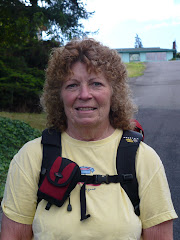Because flat ground is hard to come by, there are few places to pitch a tent; thus local tea houses accomodate trekkers and generate revenue. Though they may differ in size and location, they are similar in structure and camaraderie. Small rooms have bunks, views, solar lights and extra covers. Dinning areas have long tables with benches covered in Tibetan carpets. Children play/sleep, trekkers exchange stories around the pot bellied stove standing in the middle waiting for darkness to invade the room. The stove is finally lit with a few sticks of wood, plenty of Yak dung (dried for 6 days) and a splash or two of kerosine. When the stove goes out: "party's over" and everyone heads to their sleeping bags.
 It's all a part of the "rythm of the trail."
It's all a part of the "rythm of the trail."


 It's all a part of the "rythm of the trail."
It's all a part of the "rythm of the trail."





































